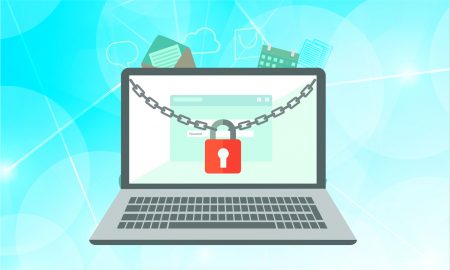
1. Keeping Your Login Information Secure Both Online & Offline
Offline: Limit writing or jotting down your login information on a note and avoid sharing your password with your friends and colleagues.
Online: Ensure the accessed website is secured (HTTPS), especially if you are planning to proceed with a sensitive transaction. HTTPS sites encrypt the session with a digital certificate, ensuring your information is guarded. Take note of what information you shared on social networking sites, you may have used that information as a “security question” to other online accounts.
2. Keeping Your Devices Secure
Avoid logging in a sensitive account (such as an e-banking account) and always uncheck the “remember me” function when you are on a public computer/ network. Should that be a necessity, remember to log out and clear all transaction logs before exiting the public network. On another hand, secure your wireless network at home to avoid inadvertently sharing private information with others.
Update your operating system when available as these updates contain critical security patches that will protect you from recently discovered threats. Lastly, ensure you remove all login and personal information before disposing of your digital devices.
3. Enabling Authentication Tools
Enabling authentication tools such as biometrics or one-time password adds an additional security layer to your authentication. It helps to ensure the user currently accessing the site is indeed the intended user.
4. Credential Protection Following a Data Breach
If you have an account with a company that had recently suffered from a data breach, immediately change your password. Changing the password does not stop with the account of the company which had suffered from the data breach, other accounts with which you share similar information has to be changed immediately too.
A good alternative is to choose a different password for each account.
